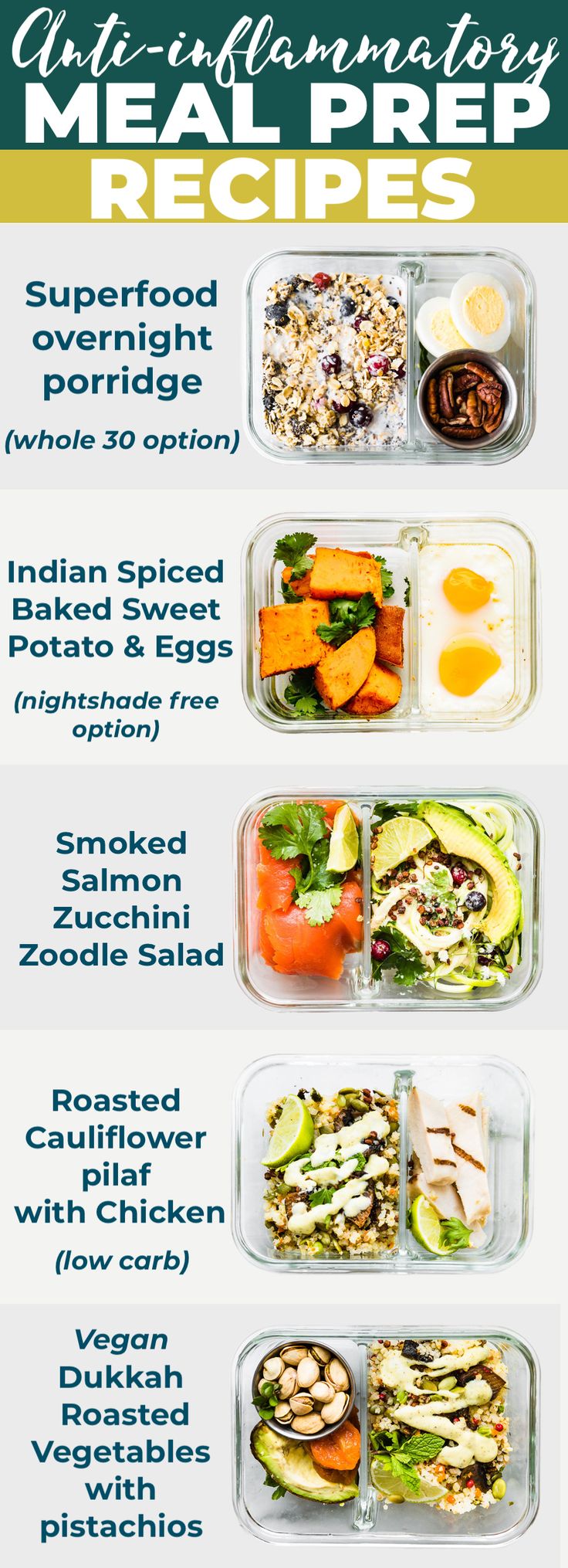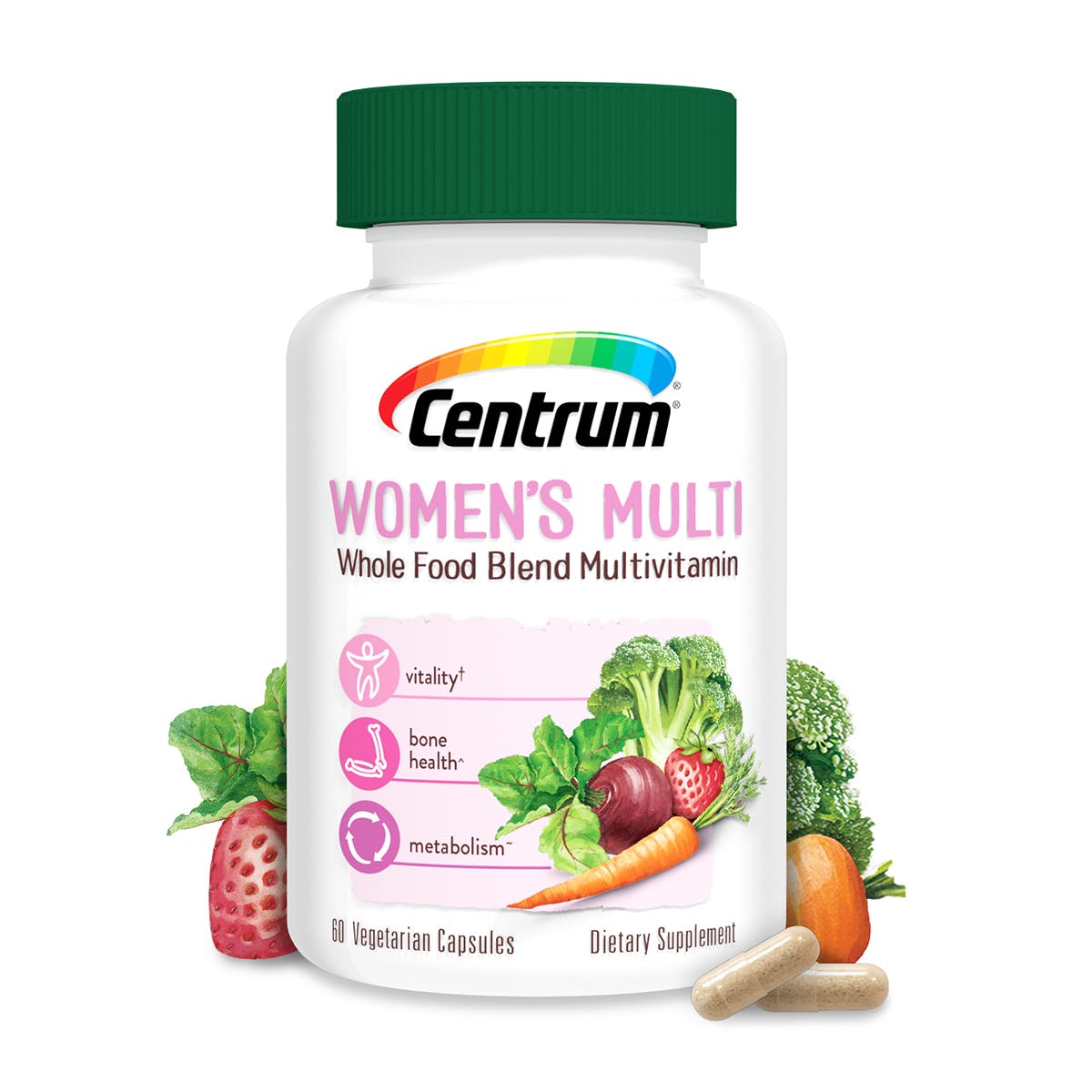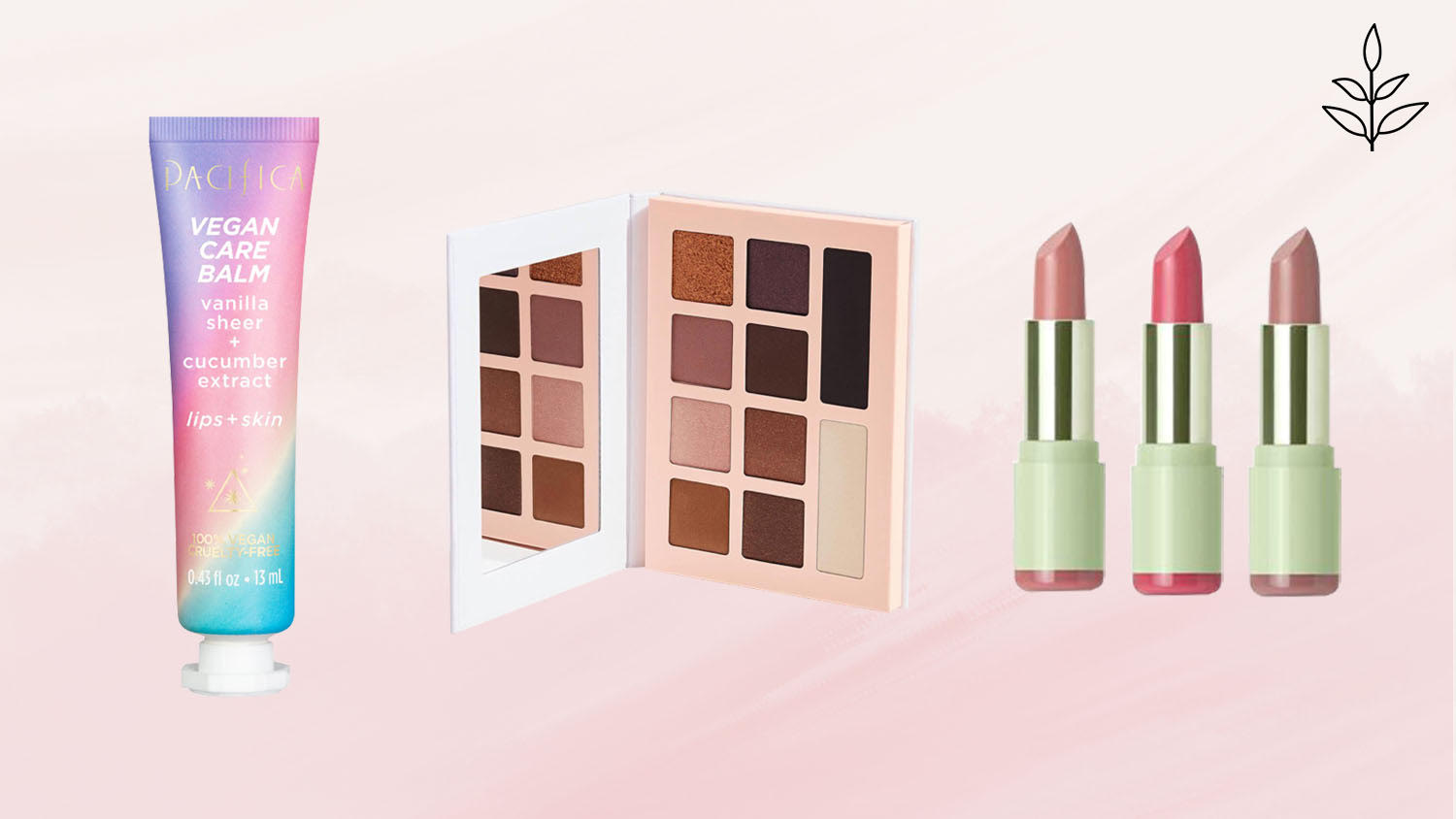
Flexitarians are a great way to reduce meat. You can eat meat in moderation but not lose the nutritional benefits. This diet is great for people who want to lose weight. However, it is important to remember that improperly implemented can cause disordered eating habits. It encourages you eat more fruits and vegetables.
Flexible
If you want to avoid animal-based proteins, you can try a flexible flexitarian diet. This diet emphasizes whole foods and plant-based protein. Talk to your doctor before you begin this type of diet. This type of diet can also be a great way to try new foods.
Flexitarian is a combination the words flexible and vegetarian. A flexible diet means that people eat a lot if fruits and vegetables, but occasionally eat meat. This is a great combination for people who want a better lifestyle and to reduce cholesterol.
Easy to follow
A flexitarian diet has several advantages. This diet emphasizes eating as many plant-based foods as possible, which means that you'll be consuming less animal-based products. The best part is that you can still eat lots of protein and tasty foods. This plan doesn't require any major changes to your kitchen or pantry. It is also easy to follow. You may actually find it simpler than you realize.

It is easy to follow the flexitarian lifestyle, which can help reduce your carbon footprint while still enjoying great taste. You can begin by limiting the amount of meat you eat on a weekly basis and then switch to plant-based meals and snacks for several days a week. You will lose weight and also have a lower chance of developing heart disease or other diseases.
Health benefits
There are many great benefits to a flexible diet. But there are also some things you need. First, a flexitarian lifestyle requires more planning and cooking time than a traditional vegan or vegetarian diet. A flexitarian diet can also lead to dietary deficiencies. Flexitarians, for example, may be low in vitamin B12 and/or calcium. Fortified foods can be eaten to fill the gaps. Vitamin B12, calcium and eggs are good sources of vitamin B12.
A flexitarian diet allows you to eat some meat but not too much. As a general rule, you should limit yourself at 28 ounces per week. You can eat no meat two days a week, which is one of the best ways to abide by the flexitarian lifestyle. You should restrict your meat intake to 18 ounces on meat days.
There are many food options
Flexitarian diets allow you to eat many different plant foods in different quantities. This diet can be quite healthy, but you may not get enough essential nutrients such iron, zinc, or calcium. It is important that you plan your meals in advance before changing to a flexitarian meal plan. Fruits, vegetables, and whole grains are the foods that you should be focusing on.
A flexitarian diet will generally reduce your intake of animal products by about two-thirds. Flexitarian diets will also have lower impacts on the environment than traditional vegetarian ones. Flexitarian diets are generally vegetarian, but they can also include meat and dairy products.

Cost
A flexitarian diet is a great way of lowering your food cost, but there are hidden costs. Packaging plant-based products will result in higher prices. These products are also more expensive than products made from animal products. This is because basic ingredients made from plant materials are very affordable and startups do not benefit from economies-of-scale.
A low intake of animal protein is another cost. If you aren't used to eating meat, this may be difficult to accept. Reducing your consumption of meat can help you reduce your carbon footprint, and also help the environment. About 10% of America's greenhouse gas emissions are due to the agriculture and livestock industries. Flexible diets and easy-to-follow guidelines increase the chance of long-term success.
FAQ
How can I control my blood pressure?
First, you must determine what is causing high blood pressure. Next, take steps that will reduce the risk. This could be as simple as eating less salt, losing weight (if necessary), or even taking medication.
Exercise is also important. If you don't have time for regular exercise, then try walking as often as possible.
You should join a gym if you are unhappy with your exercise routine. You'll probably want to join a gym where there are other people who share your goals. It's much easier to follow a routine if someone is with you at the gym.
What are 10 healthy lifestyle habits?
-
Breakfast is a must every day.
-
Don't skip meals.
-
Maintain a balanced diet.
-
Get lots of water.
-
Take care of yourself.
-
Get enough sleep.
-
Stay away from junk food.
-
Daily exercise
-
Have fun
-
Meet new people.
How do I find out what's best for me?
Your body is your best friend. When it comes to your body's needs for exercise, food, or rest, it is the best. Your body will tell you what to do so that you don't go overboard. You must listen to your body to ensure you are healthy.
Do I have to count calories?
It is possible to wonder "what the best diet is for me?" or "is counting calories necessary?" The answer to this question depends on many factors, including your current health, your personal goals and preferences, as well as your overall lifestyle.
The Best Diet for Me - Which One is Right For You?
My personal health, goals, lifestyle and preferences will all influence the best diet. There are many options, both good and bad. Some are better for certain people than others. What should I do? What can I do to make the right decision?
These are the questions this article will answer. This article begins with a brief overview of the various types of diets that are available today. Next, we'll discuss the pros and cons for each type of diet. We will then look at how to pick the right one for you.
To begin, let's take a quick look at the different types of diets.
Diet Types
There are three types, low-fat, high-protein, or ketogenic diets. Let's briefly discuss them below.
Low Fat Diets
A low-fat diet is a diet that reduces the amount fats consumed. This is accomplished by decreasing the intake of saturated fats like butter, cream cheese, and other dairy products. and replacing them with unsaturated fats (olive oil, avocados, etc.). For those looking to lose weight quickly, a low fat diet is often recommended. This kind of diet could cause constipation or heartburn and other digestive problems. Vitamin deficiencies can also occur if the person doesn't get enough vitamins through their diet.
High Protein Diets
High-protein diets limit carbohydrates and favor proteins. These diets typically have more protein than other diets. These diets are meant to help increase muscle mass and decrease calories. One problem is that they may not provide adequate nutrition to someone who needs it. Also, they tend to be very restrictive, so they aren't suitable for everyone.
Ketogenic Diets
Also known as keto diets, ketogenic diets are also called keto diets. They are high fat and moderately carbohydrate and protein-rich. These are often used by bodybuilders and athletes because they allow them the ability to train harder and for longer periods of time without feeling tired. They do require strict compliance to avoid any side effects like fatigue, headaches, nausea, and headaches.
Statistics
- According to the 2020 Dietary Guidelines for Americans, a balanced diet high in fruits and vegetables, lean protein, low-fat dairy and whole grains is needed for optimal energy. (mayoclinichealthsystem.org)
- WHO recommends reducing saturated fats to less than 10% of total energy intake; reducing trans-fats to less than 1% of total energy intake; and replacing both saturated fats and trans-fats to unsaturated fats. (who.int)
- This article received 11 testimonials and 86% of readers who voted found it helpful, earning it our reader-approved status. (wikihow.com)
- According to the Physical Activity Guidelines for Americans, we should strive for at least 150 minutes of moderate intensity activity each week (54Trusted Source Smoking, harmful use of drugs, and alcohol abuse can all seriously negatively affect your health. (healthline.com)
External Links
How To
10 Tips for a Healthy Lifestyle
How to maintain a healthy lifestyle
We live in a fast world where we don't get enough sleep, eat too much, drink too much alcohol and smoke cigarettes. We don't take care of our body's health properly.
It is very hard to find a balanced diet and exercise routine when you work fulltime and do all these things at the same time. Stress makes it even more difficult. Our minds tell us we can't handle this situation any longer so we feel guilty and give in.
If you feel like something is wrong with your body, then it probably is. Talk to your doctor about your condition. If there's nothing abnormal, you might have stress from your job.
Some people believe that their job allows them to exercise regularly, or they have friends who support them in staying fit. They are fortunate. They don't have problems. They control everything. I wish that everyone could be like them. Many of us aren't able to find the right balance between our personal and professional lives. Many people fall prey to bad habits, which can eventually lead them to developing diseases like heart disease, diabetes and cancer.
Here are some tips that might help you to improve your lifestyle:
-
Get adequate sleep - 7 hours a day minimum, 8 hours maximum. It includes sleeping in the correct positions and avoiding caffeine before bed. Caffeine blocks the melatonin hormones making it hard to fall asleep. You should also ensure that your bedroom has a dark, clean environment. Consider using blackout curtains, especially if working late at night.
-
Take a balanced breakfast. Try to avoid sugar products, fried foods, processed food and white breads. Fruits, vegetables, whole grains and whole grains are good options for lunch. It is recommended that afternoon snacks be high in fiber and protein, such as nuts and seeds, beans, fish, and dairy products. Avoid unhealthy snacks such as chips, chocolates, cookies and cakes.
-
Drink plenty of water. Almost everyone doesn't drink enough water. Water aids in weight loss, skin health, digestion, and keeps our skin young and supple. You can lose weight by drinking six glasses of water per day. Checking the color of urine is a good way to gauge your hydration. Dehydrated means yellow; slightly dehydrated means orange; normal means pink; overhydrated means red; clear means highly-overhydrated.
-
Exercise – Regular physical activity is proven to improve energy levels, reduce depression, and even help you feel happier. Walking is a good way to get fit and improve your mood. Walking is easy, but it takes effort and concentration. Your brain needs to focus on walking while breathing slowly and deeply. For between 100 and 150 calories, a 30 minute walk can be enough to burn about 100 to 150 calories. Start slow and work your way up. To prevent injury, don't forget to stretch after you exercise.
-
Positive thinking is key to mental health. When we think positively, we create a happy environment inside ourselves. Negative thoughts drain our energy and cause anxiety. Keep your motivation high by focusing on the things you want to do. Break down the tasks into smaller steps if you feel overwhelmed by all the new tasks. Remember that you are bound to fail sometimes but just pick yourself up and start again.
-
Say No. We can often be so busy that it is hard to see how much of our time we are wasting on useless tasks. It is important that you learn to say no when necessary. It is not rude to say 'no'. A No means that you can't take care of something now. There will always be another way to do the job. Be clear about your boundaries. Ask for help. Oder delegate this job to someone else.
-
Take care to your body. You can boost your metabolism by eating healthier foods. You should avoid eating too many oily and heavy foods, as they can increase your cholesterol. A good tip is to have three meals and two snacks daily. You should consume around 2000 - 2500 calories per day.
-
Meditation is a great stress relief and can help reduce anxiety. You can relax your mind by simply sitting still and closing your eyes. This exercise will improve your ability to think clearly and help you make decisions. Meditation will help you feel calmer and happier.
-
Do not skip breakfast. Breakfast is the most important meal of each day. Skipping breakfast can cause you to eat too much during lunch. It's never too late for a healthy breakfast, as long as it is eaten within an hour of your waking hours. A healthy breakfast can boost your energy levels and help you control your hunger.
-
Healthy food is the best. Food can have a profound effect on our moods. Avoid junk food or any food items that contain preservatives or artificial ingredients. These products make your body acidic and will cause you to feel hungry. The vitamins and minerals in fruits and veggies are good for your overall health.
-
***